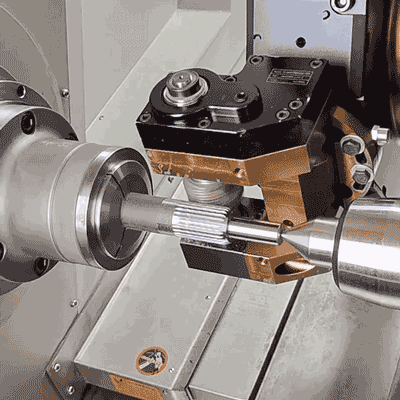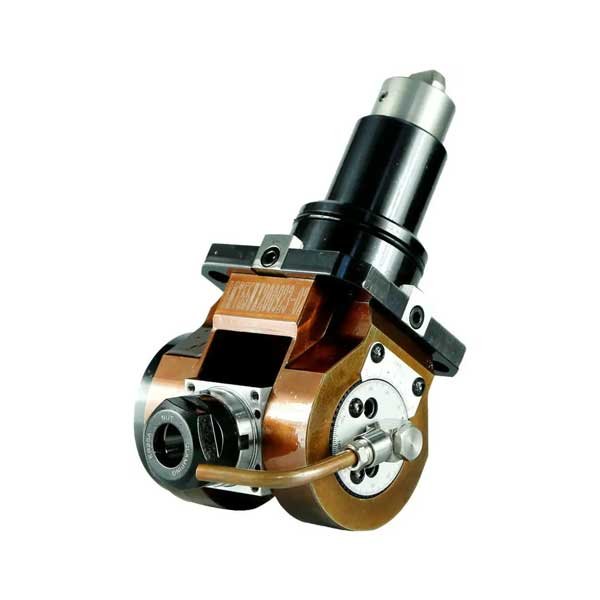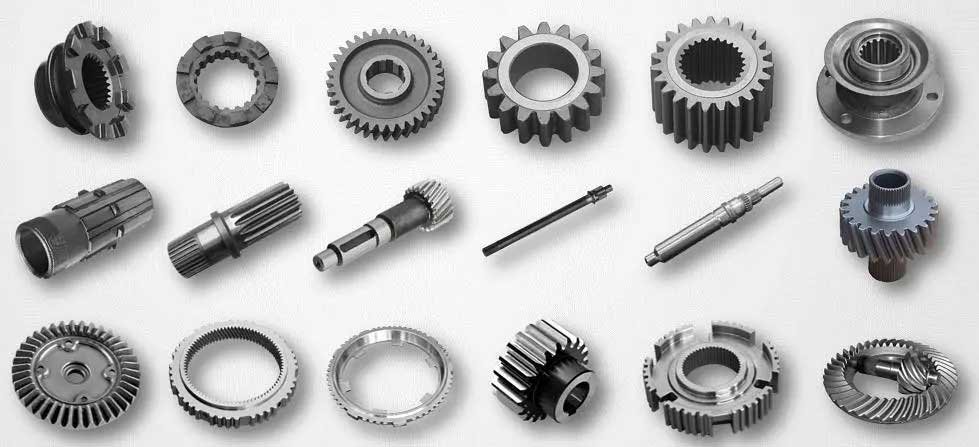Classification of Gear Machining on CNC Lathes
Gear machining on CNC lathes is a crucial aspect of gear manufacturing, involving various machining methods and tools. Based on the machining method and the type of gear, CNC lathe gear machining can be primarily classified into: forming machining, gear hobbing, gear shaving, etc.
1. Classification of Machining Methods
Gear Hobbing
Gear hobbing is typically performed on specialized gear hobbing machines, but in some cases, CNC lathes can also perform similar functions, especially when the CNC lathe is equipped with rotating tools or milling capabilities. Through precise control by the CNC system, the gear hobbing tool can create accurate gear profiles, making it suitable for large-scale production of standard gears.
Gear Shaving
Gear shaving is used to finish the already machined gear teeth, primarily aiming to improve the surface finish and accuracy of the gear teeth. Gear shaving is usually a subsequent process used to enhance the operational performance and service life of gears.
Application Scenario: Used for the fine finishing of already machined gears to improve gear accuracy and surface quality.
2. Principles of Tool Selection
Tool selection is a critical step in gear machining and should be optimized based on the following factors:
Material
The hardness of the gear material directly affects tool selection. For harder materials, carbide or coated tools are generally chosen, while high-speed steel tools may be used for softer materials.
Machining Accuracy
High-precision machining requires the use of precision tools, such as specialized forming tools or coated tools, to ensure the accuracy of the gear teeth and surface quality.
Cutting Speed
High-speed cutting typically requires wear-resistant tools, such as carbide tools, while low-speed finishing is better suited to tougher high-speed steel tools.
Gear Type
Different types of gears (such as spur gears, helical gears, internal gears) require different shapes and types of tools to accommodate their specific tooth profile structures.
Mass Production vs. Single Piece Machining: Mass production generally demands durable, easily replaceable, and adjustable tools, whereas single-piece machining may prioritize tool versatility and flexibility.
Comprehensive Consideration in Practical Applications
In practical production, the selection of lathe gear machining tools often needs to be adjusted according to specific production conditions. For instance, in the mass production of standard gears, emphasis might be placed on tool durability and cutting efficiency, while the machining of high-precision or specially shaped gears would require the selection of specialized precision tools. Additionally, factors such as equipment performance and the machining environment must be considered to ensure the optimal use of tools.
Rational gear machining methods and tool selection can significantly improve machining efficiency, extend tool life, and ensure the high quality and accuracy of gears.





